15 years one-stop China custom CNC machining parts factory
 1122 |
Published by VMT at Aug 19 2023
1122 |
Published by VMT at Aug 19 2023
What is Sandblasting?
Sandblasting, also known as abrasive blasting, is a manufacturing process that involves propelling fine particles or abrasive materials at high speeds onto a surface. This process is used for various purposes, such as cleaning, shaping, smoothing, or roughening surfaces. It's a versatile technique that finds applications in industries ranging from construction to art.
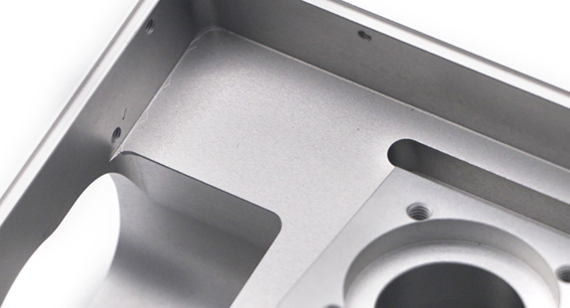
Sandblasting Process Demystified: How Does Sandblasting Work?
Sandblasting, also known as abrasive blasting, is a versatile manufacturing process used to alter the appearance and texture of various surfaces. Whether it's prepping a surface for painting, restoring historical artifacts, or adding intricate designs to glass, sandblasting plays a crucial role. Let's dive into how this fascinating process works.
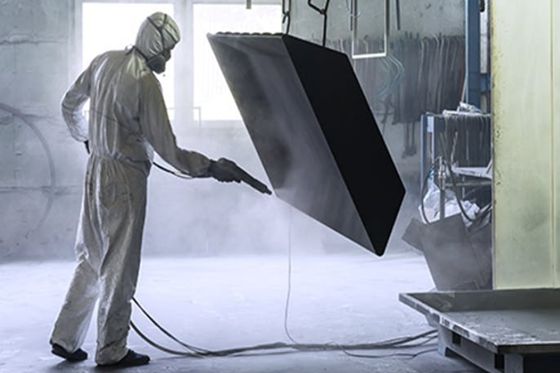
The Core Steps of Sandblasting
Step 1: Surface Preparation
Before the sandblasting process begins, the surface must be thoroughly cleaned and prepared. This involves removing dirt, grease, rust, and any previous coatings. Proper surface preparation ensures that the abrasive material can effectively interact with the surface.
Step 2: Abrasive Selection
Choosing the right abrasive material is key to achieving the desired result. Different materials, such as silica sand, glass beads, aluminum oxide, and steel grit, are chosen based on the project's requirements. For instance, silica sand is effective for removing contaminants, while glass beads create a satin finish.
Step 3: Equipment Setup
The sandblasting equipment consists of a blasting chamber or cabinet, a nozzle, an air compressor, and an abrasive material container. The nozzle focuses and directs the abrasive material onto the surface. The distance between the nozzle and the surface, as well as the air pressure, are adjusted for optimal results.
Step 4: Abrasive Propulsion
Compressed air or another propelling mechanism is used to propel the chosen abrasive material towards the surface. The high-speed impact of the abrasive particles onto the surface causes the desired effect, whether it's cleaning, roughening, or etching.
Step 5: Continuous Movement
During the sandblasting process, the nozzle is moved continuously to ensure even coverage. This prevents over-etching in certain areas and ensures uniform results across the surface.
Safety Considerations
While sandblasting is a powerful technique, safety is of utmost importance:
Personal Protective Equipment: Operators must wear protective gear such as gloves, goggles, a face shield, and a respiratory mask to prevent inhalation of abrasive particles.
Ventilation: Working in a well-ventilated area or using an exhaust system helps minimize exposure to airborne particles.
Regulations: Adhering to safety regulations and guidelines is crucial to prevent accidents and health risks.
Environmental Impact
Traditional sandblasting with silica sand can pose environmental concerns due to the release of fine particles into the air. As a result, alternative abrasive materials and water-based blasting methods have gained popularity to reduce the environmental impact.
Conclusion
Sandblasting is a versatile process that involves precise coordination of surface preparation, abrasive selection, equipment setup, and operator safety. From industrial applications to creative artistry, sandblasting transforms surfaces with impressive precision. By understanding the process and embracing safety measures, professionals can harness the power of sandblasting for a wide range of projects.
Tools Used for Sandblasting Surface Treatment: A Comprehensive Guide
Sandblasting, a dynamic surface treatment technique, relies on specialized tools to achieve various results, from cleaning and smoothing to creating intricate designs. Whether you're preparing surfaces for painting or adding artistic flair to glass, understanding the tools involved in the sandblasting process is essential. Let's explore the key tools used in sandblasting surface treatment.
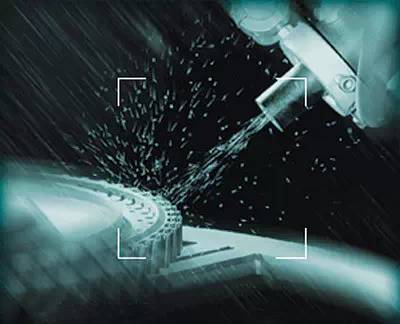
Sandblasting Equipment Overview
1. Sandblasting Cabinet
A sandblasting cabinet, also known as a blast cabinet or blasting booth, is a controlled environment where the sandblasting process takes place. It houses the workpiece and prevents abrasive particles from spreading, ensuring a contained and safe working environment.
2. Nozzle
The nozzle is a crucial component that directs the abrasive material towards the surface. It comes in various sizes and shapes, allowing for precision and control over the blasting process. The nozzle's design influences the pattern and intensity of the abrasive impact.
3. Air Compressor
An air compressor generates the compressed air needed to propel the abrasive material. The pressure and volume of the compressed air influence the speed and impact force of the abrasive particles.
4. Abrasive Material Container
The abrasive material container stores the chosen abrasive material, which is fed into the blasting stream through a connected hose. Different containers are used for different types of abrasive materials.
Types of Sandblasting Tools
1. Siphon Blast System
In this system, the abrasive material is drawn from the container into the compressed air stream using a siphon mechanism. This system is suitable for lighter applications and smaller projects.
2. Pressure Blast System
The pressure blast system uses the force of compressed air to propel the abrasive material onto the surface. This system is more powerful and effective for larger projects and heavy-duty applications.
3. Wet Blasting System
Wet blasting involves mixing water with the abrasive material before it's propelled onto the surface. This method reduces dust and minimizes heat buildup, making it suitable for delicate surfaces and environments where dust control is critical.
Choosing the Right Tools
Selecting the appropriate tools depends on factors such as the type of abrasive material, the scale of the project, and the desired finish. For intricate artistic designs, a finer abrasive material and a nozzle with precise control are essential. On the other hand, industrial projects may require larger equipment with higher pressure capabilities.
Safety Gear
In addition to the equipment mentioned above, operators must wear personal protective gear, including:
Gloves: Protect hands from abrasive particles and potential injury.
Goggles or Face Shield: Shield the eyes and face from flying particles.
Respiratory Mask: Prevent inhalation of abrasive dust.
Conclusion
Sandblasting tools play a pivotal role in achieving the desired surface treatment results. From the blasting cabinet to the nozzle and air compressor, each component contributes to the precision and effectiveness of the process. By understanding the different tools available and their applications, professionals can choose the right equipment for various projects, ensuring successful and safe sandblasting surface treatment.
Comparing Different Types of Sandblasting Abrasives: Advantages and Material Compatibility
Sandblasting offers a range of abrasive materials, each with distinct advantages and applications. Let's dive into the advantages of zirconia sand, glass beads, quartz sand, and plastic sand, as well as their material compatibility and limitations. We'll also discuss the cost implications of these abrasives.
1. Zirconia Sand
Advantages:
High Abrasion Power: Zirconia sand provides aggressive abrasion, suitable for heavy-duty tasks.
Durability: It maintains its shape and cutting power, making it ideal for long-lasting use.
Heat Resistance: Zirconia sand withstands high temperatures, making it suitable for metallurgical applications.
Material Compatibility: Zirconia sand is primarily used on metals and alloys.
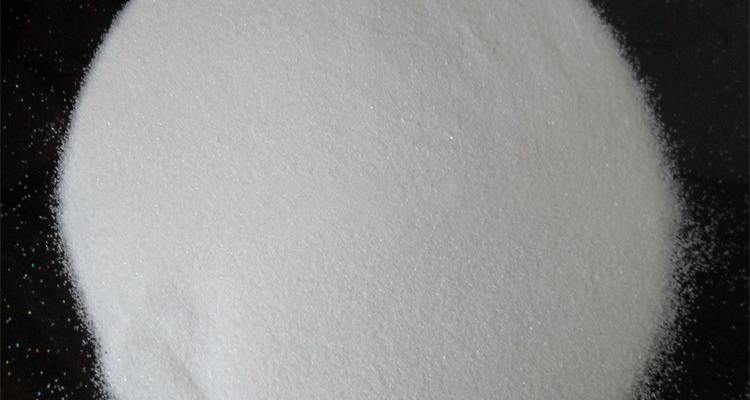
2. Glass Beads
Advantages:
Gentle Abrasion: Glass beads provide a gentle and controlled abrasion, ideal for delicate surfaces.
Reusability: Glass beads can be recycled, offering long-term cost efficiency.
Cosmetic Finishes: They create smooth and satin finishes on metals and glass.
Material Compatibility: Glass beads are suitable for metals, glass, ceramics, and plastics.
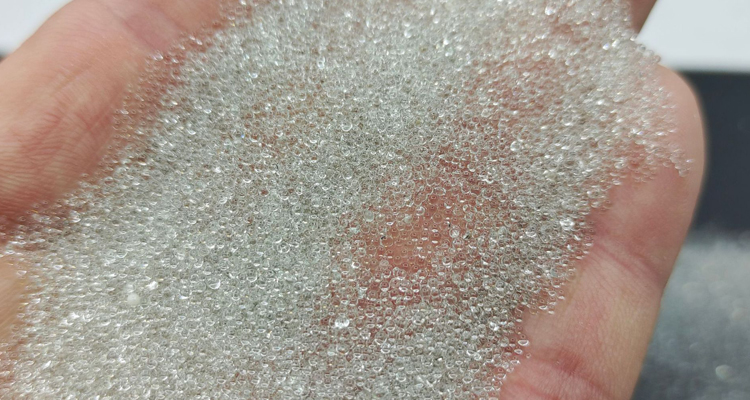
3. Quartz Sand
Advantages:
Wide Availability: Quartz sand is readily available and cost-effective.
General Cleaning: It's effective for general cleaning and surface preparation tasks.
Versatility: Suitable for various surfaces, including metals, wood, and concrete.
Material Compatibility: Quartz sand is used on a range of materials but may cause more surface roughness compared to other abrasives.
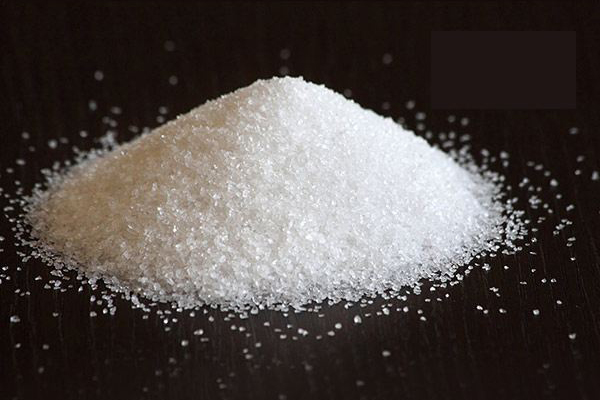
4. Plastic Sand
Advantages:
Low Surface Damage: Plastic sand provides gentle abrasion, minimizing surface damage.
Delicate Applications: It's ideal for delicate surfaces, electronics, and softer materials.
Environmental Consideration: Plastic sand produces less dust and is environmentally friendly.
Material Compatibility: Plastic sand is used on sensitive materials like electronics, soft metals, and composites.
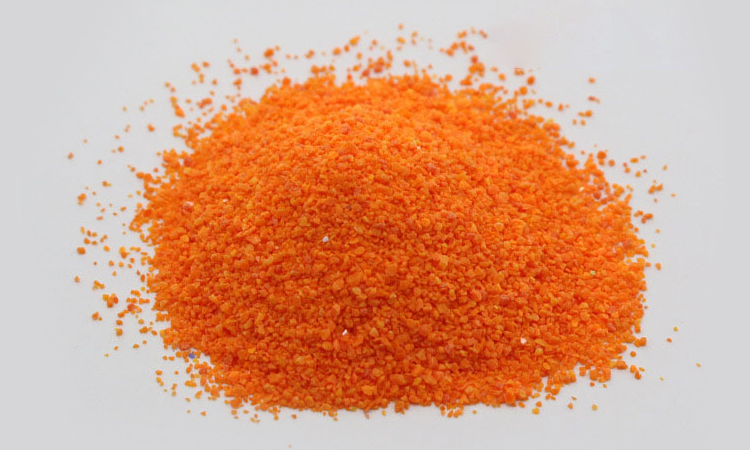
Material Limitations and Cost Considerations
Zirconia sand is not suitable for delicate surfaces and is more expensive due to its high abrasion power.
Glass beads offer versatility but can be more expensive initially due to their reusability.
Quartz sand is effective for general tasks but can create a rougher surface finish.
Plastic sand is limited to delicate materials and is generally more affordable due to its gentler nature.
Cost Consideration: Silica sand is budget-friendly, while other abrasives like glass beads, aluminum oxide, and steel grit vary in price.
Project Scope: Consider the level of abrasion needed and the type of surface being treated.
Desired Finish: Different abrasives yield different finishes, from gentle satin to aggressive etching.
Reusability: Glass beads can be reused, which may balance their initial higher cost.
Conclusion
Choosing the right sandblasting abrasive depends on the material being treated and the desired outcome. While zirconia sand offers power, glass beads provide finesse. Quartz sand and plastic sand offer affordability and gentleness, respectively. The choice hinges on factors such as project requirements, material compatibility, and cost considerations.
Pros and Cons of Sandblasting Surface Treatment
Sandblasting is a versatile surface treatment technique that offers a range of benefits and drawbacks. Understanding both its advantages and limitations is crucial for making informed decisions about using sandblasting in various projects. Let's explore the pros and cons of sandblasting surface treatment.
Pros of Sandblasting
1. Effective Surface Preparation:
Sandblasting effectively removes rust, paint, contaminants, and old coatings from surfaces, ensuring a clean and properly prepared substrate for further treatments.
2. Versatility:
Sandblasting can be used on various materials, including metals, glass, ceramics, wood, and concrete, making it a versatile choice for a wide range of applications.
3. Precision:
The technique allows for precise material removal, making it suitable for intricate designs and delicate projects where control is essential.
4. Efficiency:
Sandblasting is a quick and efficient method of surface preparation, enabling faster project completion compared to traditional manual methods.
5. Enhanced Adhesion:
By roughening the surface, sandblasting improves the adhesion of coatings, paints, and adhesives, ensuring longer-lasting results.
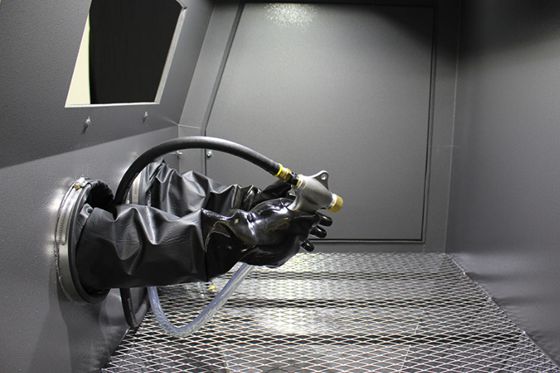
Cons of Sandblasting
1. Surface Damage:
Depending on the abrasive used and the intensity of the process, sandblasting can cause surface damage such as pitting or roughness, especially on softer materials.
2. Health Hazards:
Inhalation of airborne abrasive particles can pose health risks to operators. Proper personal protective equipment and ventilation are necessary to mitigate this risk.
3. Environmental Impact:
Traditional sandblasting generates dust and debris, which can have environmental implications if not properly controlled. Alternative methods or containment measures are often required.
4. Limited Application on Delicate Surfaces:
Sandblasting may not be suitable for delicate materials or surfaces that can't withstand the abrasion, potentially leading to irreversible damage.
5. Surface Profile Control:
Achieving consistent surface profiles can be challenging due to variations in equipment setup, abrasive material, and operator technique.
Conclusion
Sandblasting offers numerous advantages in terms of efficient surface preparation, versatility, and enhanced adhesion. However, it's important to consider its potential drawbacks, including surface damage, health hazards, and environmental concerns. By carefully evaluating the project's requirements and taking appropriate safety measures, sandblasting can be a valuable tool for achieving desired surface finishes and treatments.
Comparison of Sandblasting with Other Surface Treatment Methods
Surface treatment plays a vital role in enhancing the appearance, durability, and functionality of various materials. Sandblasting is just one of many techniques available for achieving these goals. Let's compare sandblasting with other common surface treatment methods to understand their differences, benefits, and drawbacks.
Sandblasting vs. Chemical Etching
Sandblasting:
Mechanically removes surface layers through abrasive impact.
Creates texture and roughness, improving coating adhesion.
Suitable for a wide range of materials.
Can cause surface damage if not controlled properly.
Uses chemical solutions to dissolve and remove material.
Offers high precision and control for intricate designs.
Applicable to metals, glass, and ceramics.
Requires careful handling of chemicals and waste disposal.
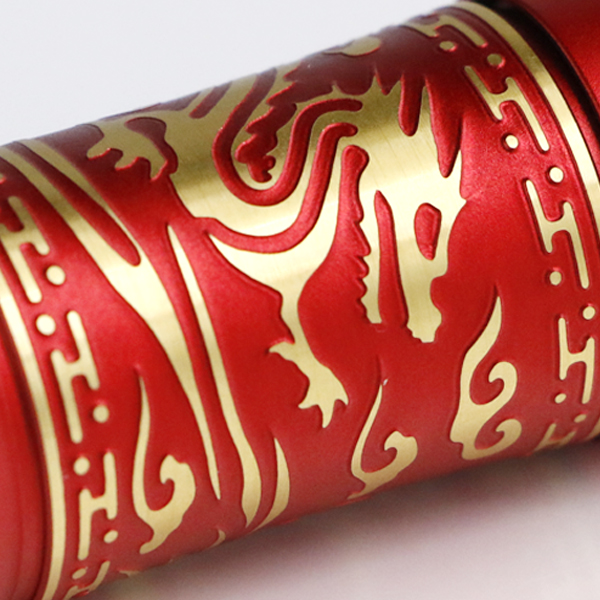
Sandblasting vs. Powder Coating
Sandblasting:
Prepares surfaces by removing contaminants and old coatings.
Enhances adhesion for coatings and paints.
Versatile and effective for different materials.
Can create surface roughness or pitting if not done correctly.
Applies a durable and even coating through electrostatic attraction.
Provides a wide range of colors and finishes.
Environmentally friendly due to minimal waste.
Requires pre-treatment for optimal adhesion.
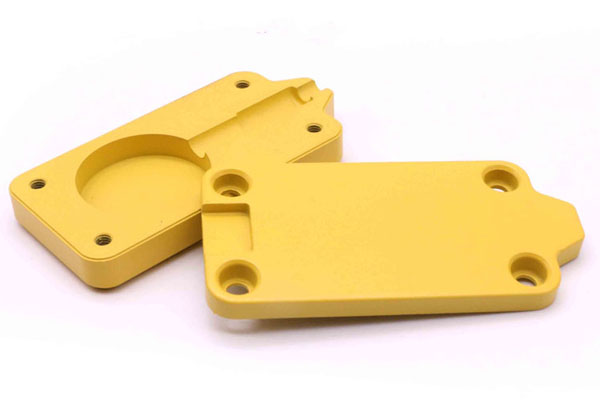
Sandblasting:
Cleans and preps surfaces through abrasive impact.
Suitable for a variety of materials, including metals and glass.
May alter surface texture and appearance.
Requires careful handling to prevent surface damage.
Anodizing:
Creates an oxide layer on metals, enhancing corrosion resistance.
Provides decorative and color options.
Suitable for aluminum and its alloys.
Involves a multi-step process and requires specialized equipment.
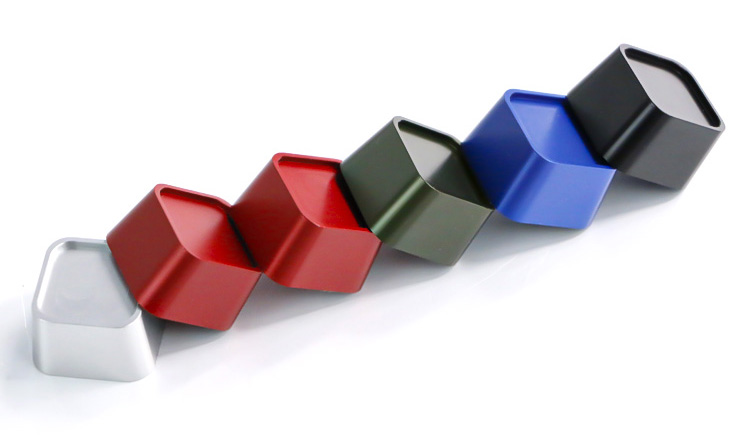
Sandblasting vs. Electroplating
Sandblasting:
Uses abrasives to clean and prepare surfaces.
Improves surface adhesion for subsequent treatments.
Can impact surface appearance and texture.
Requires safety measures to prevent health hazards.
Electroplating:
Deposits a thin layer of metal onto a substrate.
Enhances corrosion resistance and aesthetics.
Offers a variety of metal finishes.
Requires precise control and chemical baths.
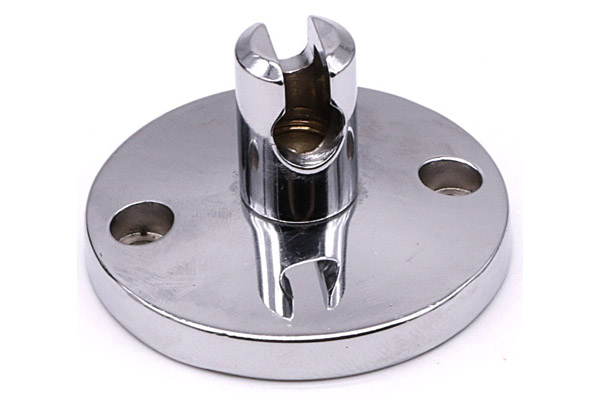
Conclusion
Different surface treatment methods offer unique advantages and considerations. Sandblasting stands out for its versatility, efficiency in surface preparation, and improved adhesion. However, it's essential to weigh its potential drawbacks, such as surface damage and environmental impact. Selecting the right treatment method depends on the project's requirements, material compatibility, and desired outcomes.
Applications of Sandblasting Surface Treatment: From Industrial to Artistic
Sandblasting surface treatment is a versatile technique with a wide range of applications across various industries. Let's explore how sandblasting is utilized to enhance surfaces, improve adhesion, and create artistic designs.
Industrial Applications
1. Surface Preparation:
Sandblasting is commonly used to prepare surfaces for further treatments such as painting, coating, and bonding. By removing rust, contaminants, and old coatings, it ensures proper adhesion and longevity of the applied materials.
2. Rust Removal:
In industrial settings, sandblasting efficiently removes rust from metal surfaces, restoring their appearance and structural integrity.
3. Cleaning Machinery:
Sandblasting effectively cleans heavy machinery, equipment, and industrial components, ensuring optimal performance and maintenance.
4. Surface Roughening:
In applications where increased surface roughness is desired for enhanced adhesion, sandblasting is a preferred choice.
Automotive Industry
1. Restoration Projects:
Sandblasting is used to restore classic cars by removing old paint, rust, and corrosion, providing a clean base for repainting and refinishing.
2. Rust and Coating Removal:
Automotive components such as chassis, frames, and wheels are treated with sandblasting to remove rust and old coatings before refinishing.
3. Surface Texturing:
Creating unique textures on automotive surfaces for aesthetic appeal is achieved through controlled sandblasting.
Art and Design
1. Glass Etching:
Artists and designers use sandblasting to etch intricate patterns and designs on glass surfaces, creating visually stunning glassware, mirrors, and windows.
2. Stone Carving:
Sandblasting is employed to carve intricate patterns and textures on stone surfaces, creating sculptures, monuments, and architectural elements.
3. Metal Engraving:
Artistic designs are engraved onto metal surfaces using sandblasting, adding depth and detail to jewelry, ornaments, and metal artwork.
Construction and Architecture
1. Concrete Surface Preparation:
Sandblasting roughens concrete surfaces, improving adhesion for coatings and overlays, and creating anti-slip textures.
2. Restoration of Historical Sites:
Sandblasting restores historical buildings and monuments by removing dirt, grime, and aged coatings, preserving their original appearance.
3. Surface Cleaning:
Sandblasting is used to clean exterior surfaces of buildings, bridges, and structures, enhancing their visual appeal and longevity.
Creative Applications
1. Customization:
Personalized designs and patterns are etched onto various materials using sandblasting, allowing for unique and creative expressions.
2. Promotional Items:
Companies use sandblasting to create branded glassware, trophies, and promotional items, adding a touch of elegance.
3. Art Installations:
Artists create large-scale sandblasted installations that incorporate texture, light, and shadow to convey artistic concepts.
Conclusion
Sandblasting surface treatment finds applications in diverse industries, from industrial manufacturing to artistic expression. Whether it's preparing surfaces, restoring objects, or creating intricate designs, sandblasting enhances materials' functionality and aesthetic appeal, making it a valuable technique in various fields.
Achieving Optimal Sandblasting Results: Best Sandblasting Techniques
Obtaining the best sandblasting results requires a combination of proper equipment, technique, and safety measures. Let's delve into the essential sandblasting techniques that ensure optimal outcomes for a wide range of projects.
1. Surface Preparation
Thoroughly clean and prepare the surface before sandblasting. Remove dust, grease, and contaminants to ensure effective adhesion of the abrasive material.
2. Equipment Setup
Properly set up the sandblasting equipment, ensuring the following:
Nozzle Distance: Maintain a consistent nozzle-to-surface distance for even abrasion. The ideal distance varies based on the abrasive material and pressure used.
Nozzle Angle: Hold the nozzle at an angle to the surface, usually around 45 degrees, to achieve proper abrasion and coverage.
Pressure Control: Adjust the air pressure based on the abrasive material and the desired intensity of abrasion.
Abrasive Flow: Regulate the flow of abrasive material to prevent clogging and ensure a steady stream.
3. Uniform Movement
Keep the nozzle in constant motion to prevent over-etching in specific areas and achieve uniform results across the surface. Avoid lingering in one spot, as this can lead to uneven texture.
4. Proper Abrasive Selection
Choose the right abrasive material based on the project's requirements:
Abrasive Type: Consider factors such as the desired finish, surface material, and project scope.
Abrasive Size: Opt for the appropriate particle size to achieve the desired texture and finish.
5. Safety Measures
Prioritize safety throughout the sandblasting process:
Protective Gear: Wear gloves, goggles, a face shield, and a respiratory mask to shield yourself from abrasive particles and dust.
Ventilation: Work in a well-ventilated area to minimize the inhalation of airborne particles.
Ear Protection: Use ear protection, as sandblasting equipment can produce noise levels that can damage hearing.
6. Test and Adjust
Before starting the main sandblasting process, perform a test run on a small, inconspicuous area to ensure that the setup and technique are yielding the desired results. Adjust the equipment, pressure, and technique if necessary.
7. Cleanup and Post-Treatment
After sandblasting, thoroughly clean the surface to remove any residual abrasive material. Depending on the project, you may need to apply coatings, paints, or other treatments to achieve the final desired finish.
Conclusion
Achieving the best sandblasting results involves a combination of careful preparation, proper equipment setup, technique, and safety measures. By following these techniques and adapting them to the specific requirements of your project, you can achieve optimal sandblasting outcomes that meet your goals for texture, finish, and quality.
Common Questions About Sandblasting Surface Treatment
Sandblasting is a versatile surface treatment technique that can raise various questions for those considering its use. Here are answers to some of the most common questions about sandblasting:
1. What is Sandblasting?
Sandblasting, also known as abrasive blasting, is a process that involves propelling abrasive particles at high speed onto a surface to clean, roughen, or etch it. This technique is used for surface preparation, coating removal, and artistic design creation.
2. What Materials Can Be Sandblasted?
Sandblasting is suitable for a wide range of materials, including metals (such as steel, aluminum, and brass), glass, ceramics, stone, wood, and even plastics. The choice of abrasive and technique depends on the material and desired outcome.
3. What Are the Benefits of Sandblasting?
Sandblasting offers benefits such as efficient surface preparation, improved coating adhesion, removal of rust and contaminants, and the ability to create unique textures and designs on surfaces.
4. What Are the Different Types of Abrasives Used in Sandblasting?
Common abrasive materials used in sandblasting include silica sand, glass beads, aluminum oxide, steel grit, and plastic media. Each abrasive has its advantages and is chosen based on factors like surface type and desired finish.
5. Is Sandblasting Environmentally Friendly?
Traditional sandblasting with silica sand can generate dust and debris that pose environmental concerns. However, alternatives such as water-based blasting and environmentally friendly abrasives help mitigate these issues.
6. Can Sandblasting Damage Surfaces?
Yes, improper sandblasting techniques can lead to surface damage, including pitting, roughness, and altered texture. It's essential to follow proper techniques and guidelines to avoid unwanted damage.
7. Is Sandblasting Safe?
Sandblasting can pose health risks due to the generation of airborne particles. Operators must wear proper protective gear, work in well-ventilated areas, and adhere to safety regulations to minimize exposure.
8. How Can I Choose the Right Abrasive for My Project?
Choosing the right abrasive depends on factors like the material being treated, the desired finish, and the project's scope. Consult with professionals or experts to determine the best abrasive for your specific needs.
9. Can Sandblasting Be Used for Artistic Purposes?
Absolutely! Sandblasting is widely used in artistic endeavors to create intricate designs on glass, stone, metal, and other materials. It offers a unique way to add texture and visual interest to artistic creations.
10. Is Sandblasting Cost-Effective?
Sandblasting can be cost-effective due to its efficiency in surface preparation and coating removal. The cost varies based on factors such as the abrasive material used, equipment, and project complexity.
Conclusion
Sandblasting is a versatile technique with numerous applications, benefits, and considerations. By understanding the process, safety measures, and material compatibility, individuals and industries can harness the power of sandblasting for a wide range of projects.
